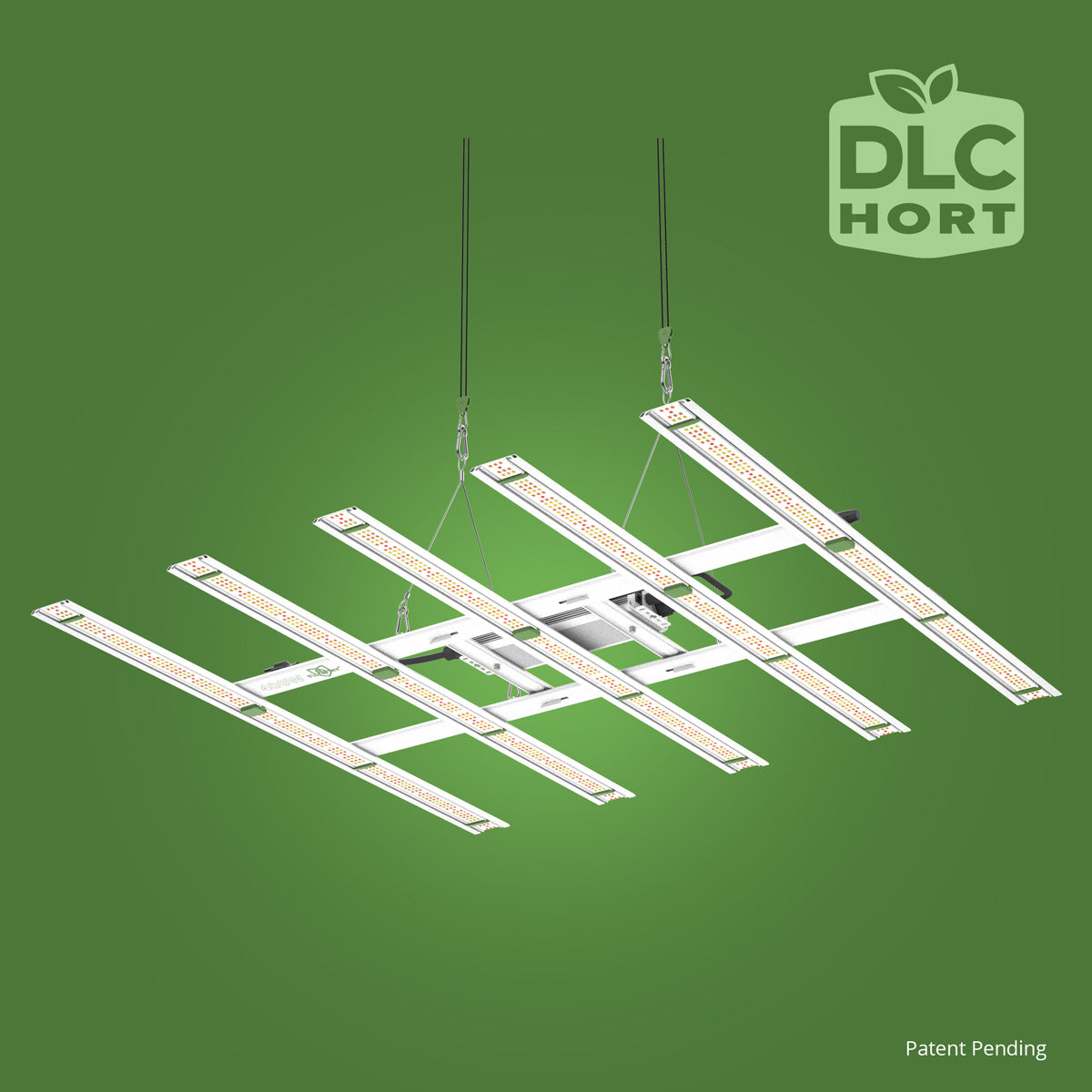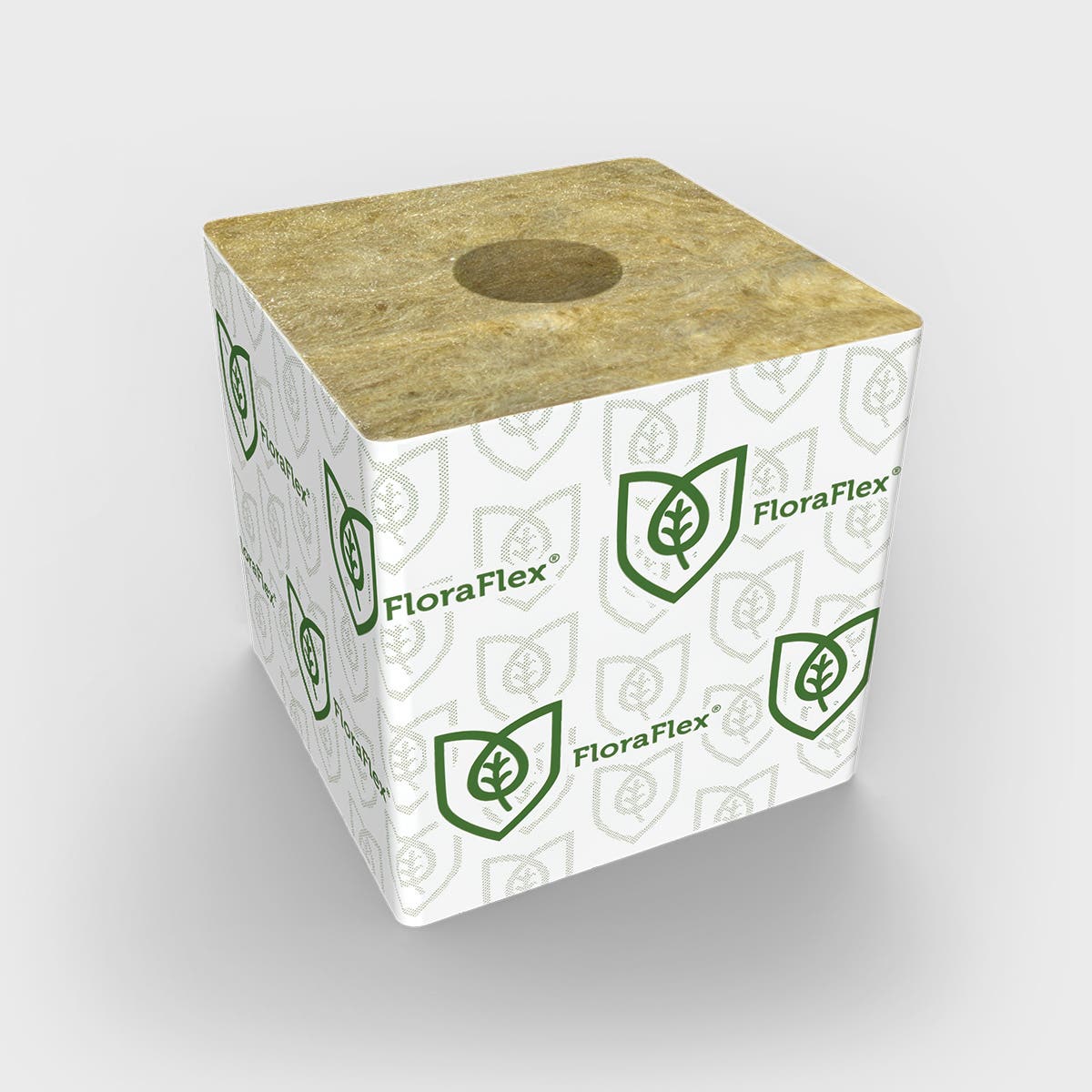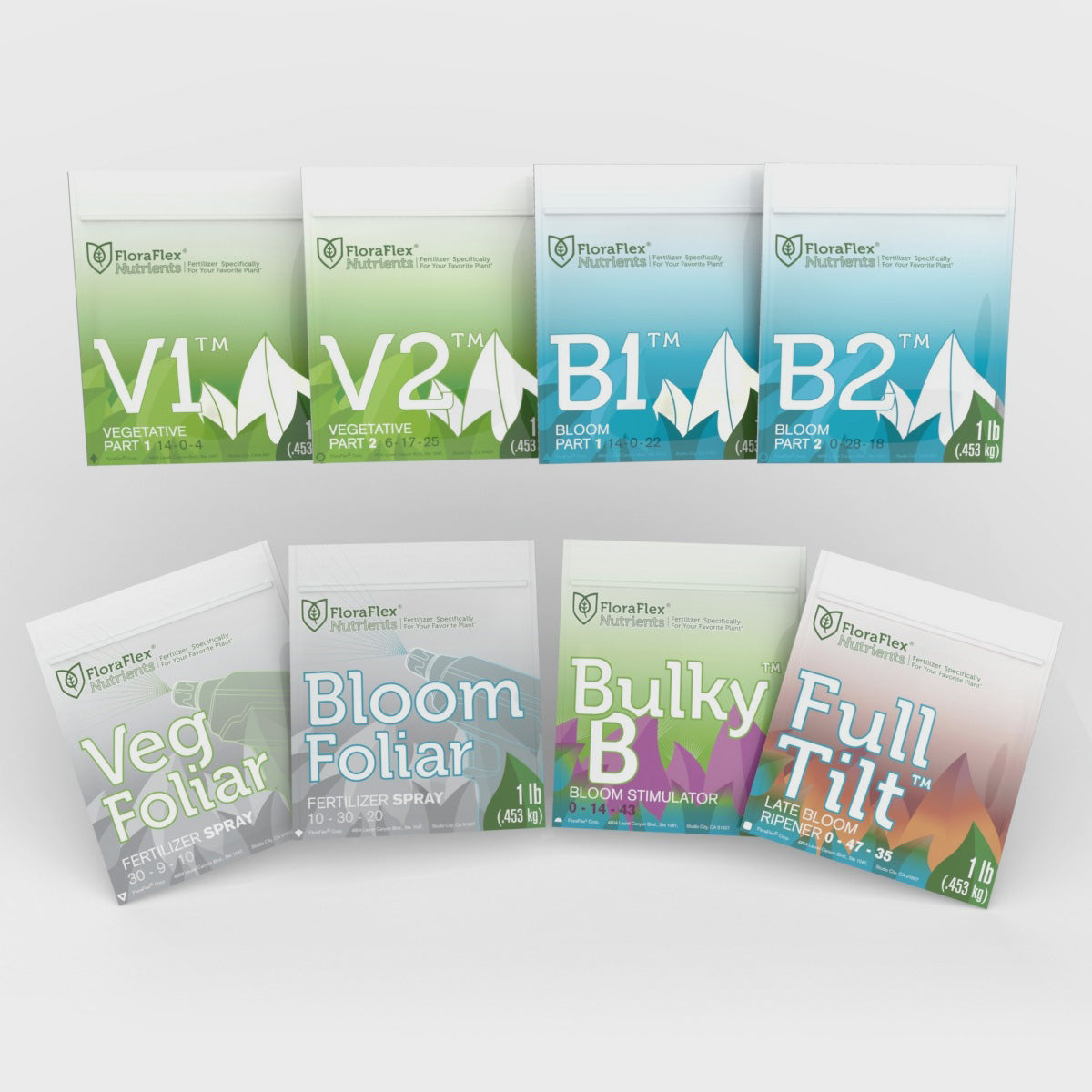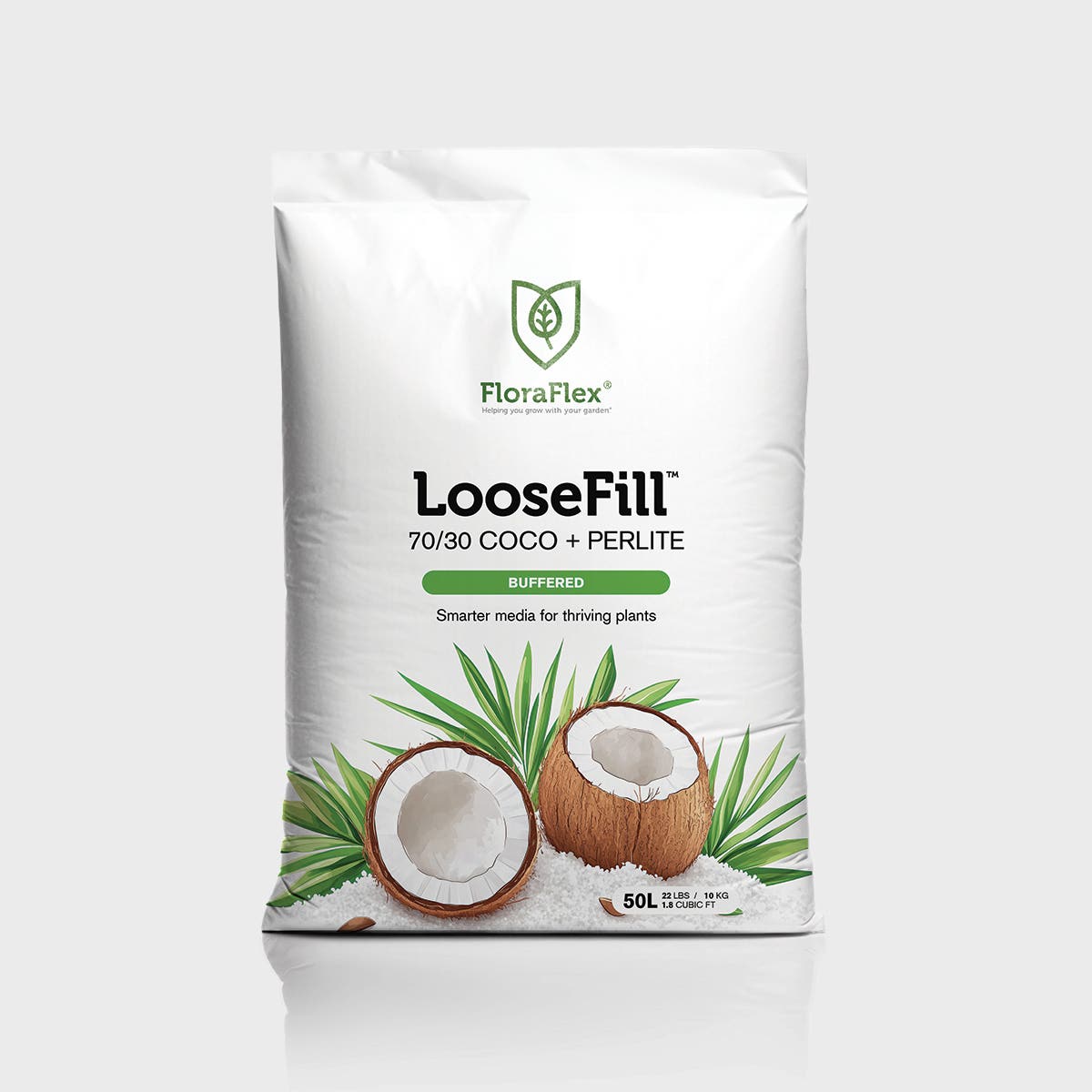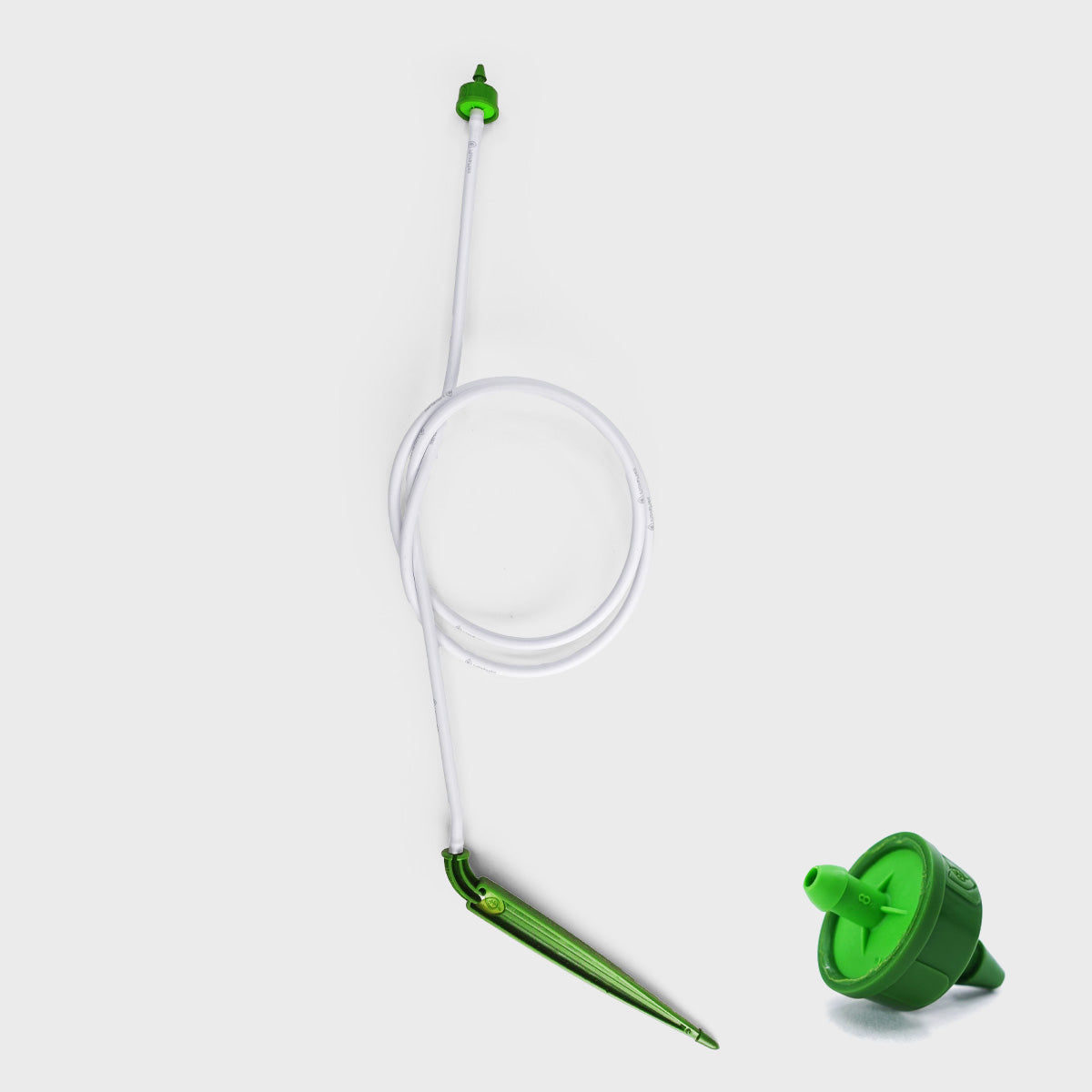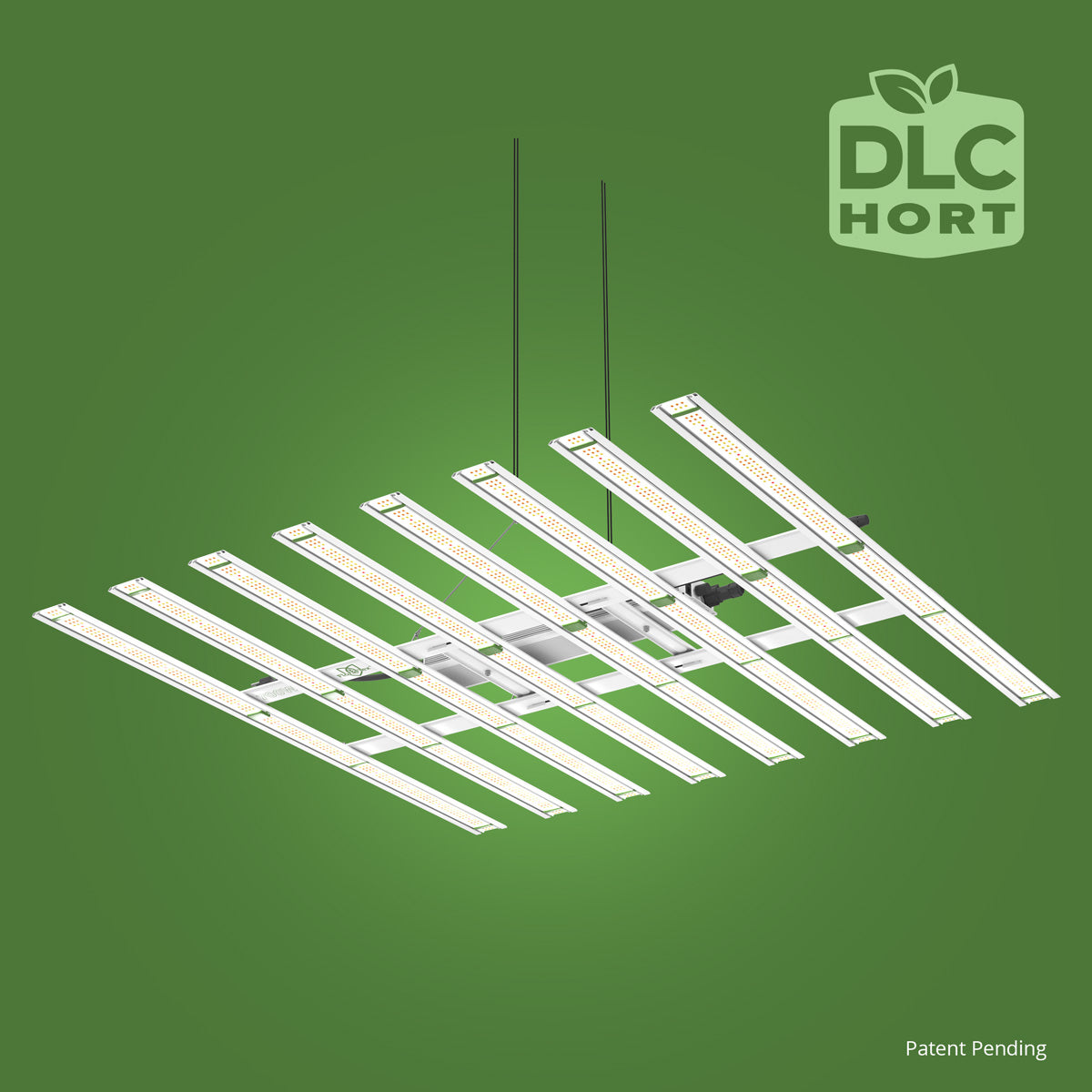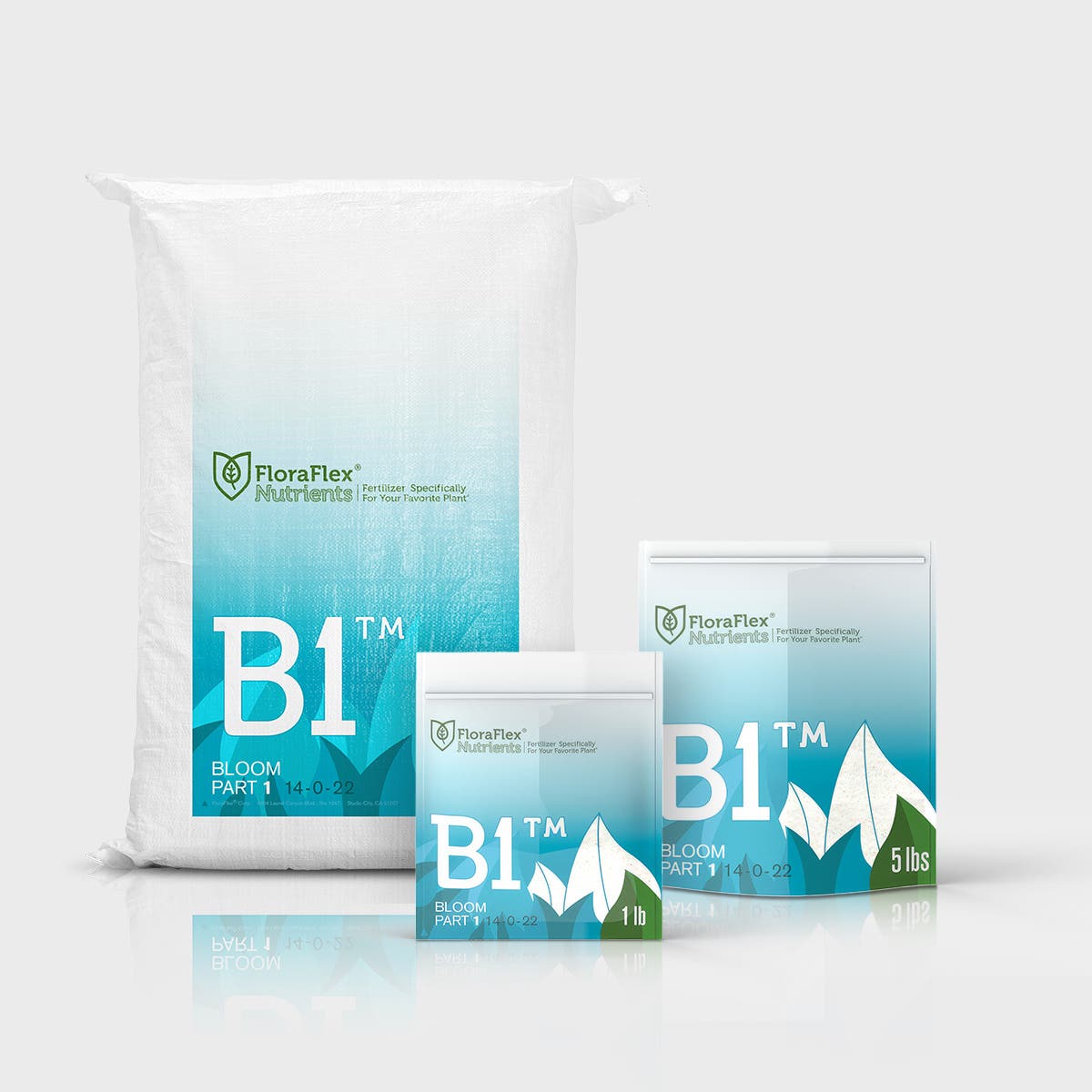Cannabis fertigation is a powerful technique that combines fertilization and irrigation, allowing cultivators to deliver nutrients directly to cannabis plants through the irrigation system. This method offers precise control over nutrient levels, promotes efficient absorption, and maximizes plant growth. In this article, we delve into the world of cannabis fertigation, exploring its benefits, techniques, and important considerations for implementing it in your cannabis cultivation operations.
Understanding Cannabis Fertigation
Fertigation is the process of applying fertilizers and other essential nutrients to crops through the irrigation system. In cannabis cultivation, fertigation involves injecting liquid fertilizers into the irrigation water, delivering a precise blend of nutrients directly to the plant's root zone. This method combines the benefits of both irrigation and fertilization, enhancing nutrient absorption and promoting vigorous plant growth.
Benefits of Cannabis Fertigation
-
Precise Nutrient Delivery: Fertigation allows cultivators to precisely control the nutrient composition and concentration in the irrigation water. This precision ensures that cannabis plants receive the appropriate nutrients in optimal ratios, promoting healthy growth and maximizing yields.
-
Efficient Nutrient Absorption: Fertigation delivers nutrients directly to the root zone, where they are readily absorbed by the plants. By avoiding nutrient loss through leaching or evaporation, fertigation optimizes nutrient uptake efficiency, reducing waste and minimizing environmental impact.
-
Flexibility and Customization: With fertigation, cultivators can easily adjust the nutrient composition and concentration based on the specific needs of their cannabis plants. This flexibility allows for customization throughout different growth stages and the ability to address nutrient deficiencies or excesses promptly.
-
Time and Labor Savings: Fertigation automates the nutrient delivery process, reducing the need for manual application and saving time and labor. This efficiency allows growers to focus on other critical cultivation tasks and ensures consistent nutrient delivery without the risk of human error.
-
Consistency and Homogeneity: Fertigation provides uniform nutrient distribution throughout the root zone, ensuring consistent access to essential elements for all plants. This promotes uniform growth, minimizes nutrient deficiencies or toxicities, and improves overall crop quality.
Techniques for Cannabis Fertigation
-
Drip Irrigation: Drip irrigation is commonly used for cannabis fertigation due to its precise water delivery and compatibility with liquid fertilizers. Fertilizers can be injected into the irrigation line using specialized equipment, ensuring accurate dosing and distribution.
-
NFT (Nutrient Film Technique): NFT systems are well-suited for fertigation in cannabis cultivation. Nutrient-rich solutions flow through a narrow channel or film, continuously bathing the roots with nutrients. This method allows for efficient nutrient absorption and reduces the risk of overwatering.
-
Aeroponics: Aeroponic systems, which suspend plant roots in a misted nutrient solution, can also be combined with fertigation. The fine mist provides ample oxygen and nutrient contact, promoting rapid nutrient absorption and robust plant growth.
Considerations for Cannabis Fertigation
-
Water Quality: The quality of water used for fertigation is crucial. It should be free from contaminants, salts, or excessive minerals that could negatively impact plant health or clog irrigation lines. Regular water testing and appropriate water treatment are essential.
-
Nutrient Management: Cultivators must carefully monitor nutrient concentrations and adjust them based on plant requirements. Proper nutrient management, including regular testing and analysis, helps avoid nutrient imbalances and ensures optimal plant nutrition.
-
pH Balance: The pH level of the fertigation solution is critical for nutrient availability and uptake. Cannabis plants thrive within a specific pH range, typically between 5.5 and 6.5. Regular pH monitoring and adjustment are necessary to maintain optimal growing conditions.
-
Equipment and System Maintenance: Regular maintenance of fertigation equipment, such as injectors, filters, and irrigation lines, is crucial to prevent clogging, ensure accurate nutrient dosing, and maintain system efficiency. Timely replacements and cleanings are necessary to avoid disruptions in nutrient delivery.
-
Monitoring and Data Analysis: Implementing a robust monitoring system to track nutrient levels, pH, and irrigation schedules is essential. Analyzing data allows cultivators to fine-tune fertigation strategies, make informed adjustments, and optimize plant growth.
Cannabis fertigation is a powerful technique that integrates fertilization and irrigation, offering precise nutrient delivery and efficient absorption. By utilizing fertigation, cultivators can optimize nutrient availability, promote healthy growth, and maximize yields in their cannabis cultivation operations. The flexibility, time savings, and consistency provided by fertigation make it a valuable tool for enhancing crop quality and productivity.
However, careful consideration must be given to water quality, nutrient management, pH balance, and system maintenance to ensure successful fertigation. Regular monitoring and data analysis allow for adjustments and optimization throughout the cultivation process.
Implementing cannabis fertigation can significantly contribute to the success of your cannabis cultivation endeavors, improving plant health, yield, and overall profitability.

